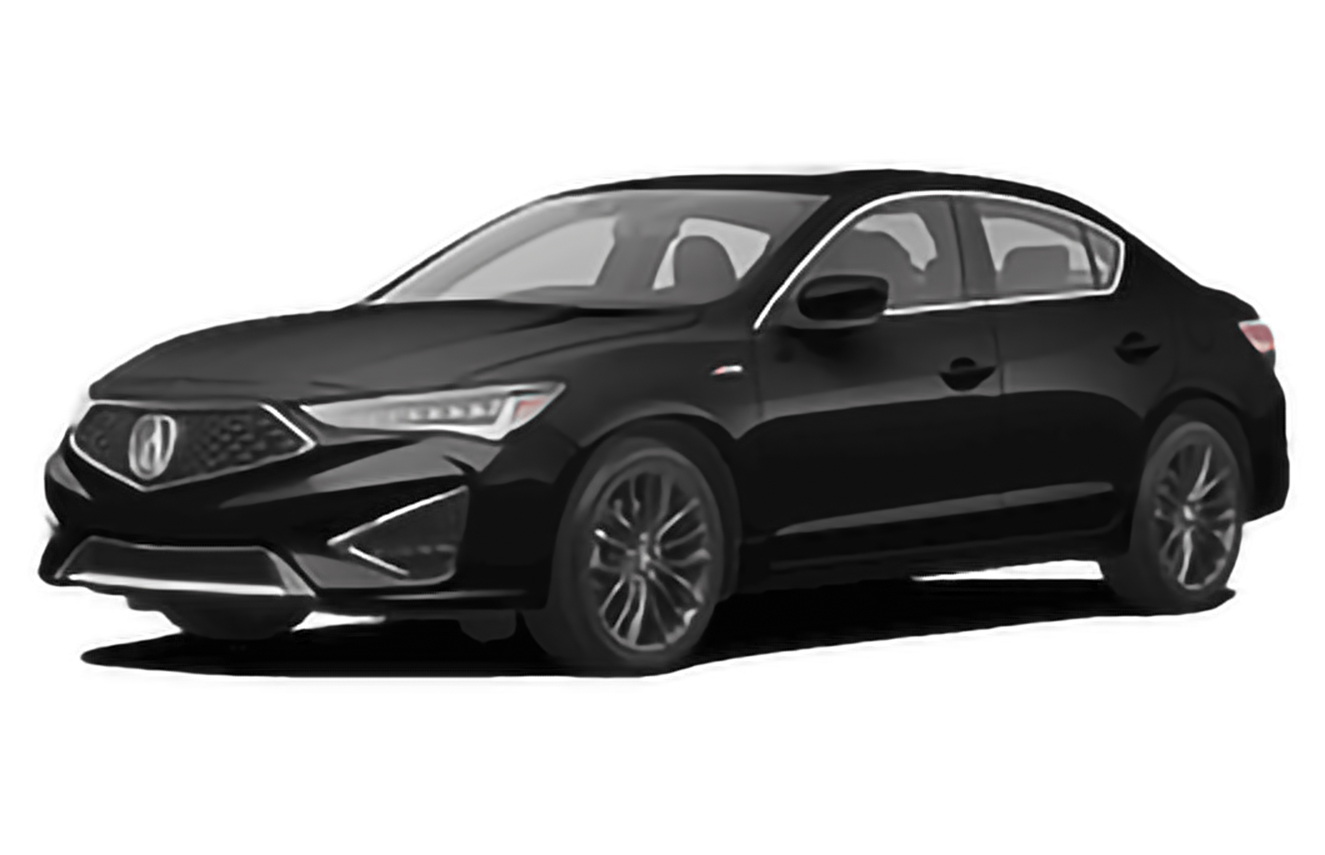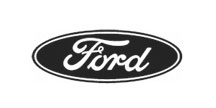Closed End and Open End Leases: How to Avoid Unnecessary Risk When Leasing
Financing always entails risk. When we borrow money, we risk running into penalties and seizures of property if we can't meet our obligations. Since leasing is a type of financing, it's no different. Although there are ways to avoid defaulting on a lease, such as finding someone to take over the lease or selling the vehicle, it's best to stay as safe as you can. This article explains one of the most important and least understood concepts in auto financing, closed end and open end leases.
What's a Closed End Lease?
Under the conditions of a closed end lease, the lessee (the person driving the car during the lease period) simply pays the monthly dues and returns the car at the end of the lease period. There are no more obligations unless the driver has failed to obey the contract or has damaged the vehicle. He or she simply returns the vehicle and walks away. There may be a fee charged simply for returning the car, however. You should check with your dealer to find out if that fee applies to your specific contract.
In closed end leases, the value of the car at the end of the lease period is determined at the beginning of the lease and is agreed upon by the lessor (the dealer who lends you the car) and the lessee. Even if the market says the value of the car has fallen tremendously, to almost nothing, the lessee needn't worry because the agreement supersedes the market. The lessee has fulfilled his duties just by paying each month.
Closed End Lease Notes
- Keeps market fluctuations out of the process. Drivers just pay each month.
- Also called a "walk-away" lease because when it's done, you can return the car and walk away.
Fees and charges may still be due at lease end. Examples are excess wear fee, excess mileage fee, and disposition fee. This depends on your dealer's leasing company.
What's an Open End Lease?
Unlike a closed end lease, an open end lease takes the market value of the car into account at lease end. This kind of lease is usually for business or commercial purposes and is not common for typical individual drivers. If you're leasing a fleet of vehicles, this might be what you're getting.
Since the value of the vehicle at lease end is not determined before the lease begins, it's subject to the market. That means supply and demand can potentially make it stray a long way from the residual value (the value that could have been determined before the lease). If the market value happens to be lower than the residual value, you (the lessee) will have to find a way to pay the difference. You might end up selling the car if your leasing company allows it.
Open End Lease Notes
- More risky, because monthly payments are not derived from the market value of the car and may leave a balance due at lease end.
- Usually reserved for commercial and business lessees or for multiple vehicles.
What's Right for Me?
Your dealer will probably steer you clear of open end leases if you're an individual driver. If you are, make sure you get a closed end lease, with a pre-determined value at lease end. If you need to lease a fleet of vehicles for business purposes, you may have no choice but to take an open end lease. Nevertheless, discuss it with your dealer. Know the lingo and avoid unnecessary risk when you lease.
Ready to start getting quotes for the vehicle you've chosen? We offer free, no-obligation quoting from the comfort of your living room. It's a great way to get a head start. Just choose your vehicle and the local certified dealerships you want quotes from. Click here to fill out our secure form and get started.



